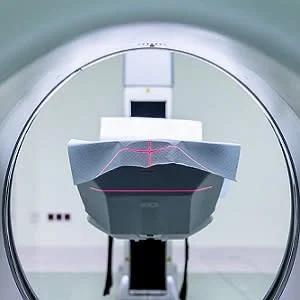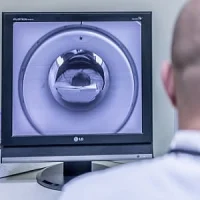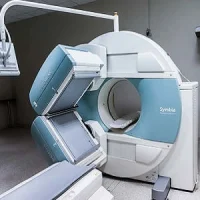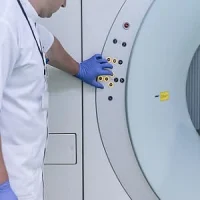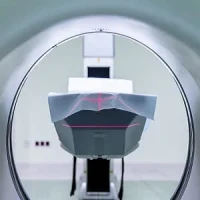Researchers in Poland performed a prospective study to assess functional and cognitive outcome, with regard to cerebral flow on transcranial Doppler (TCD) and brain magnetic resonance imaging (MRI) in patients with symptomatic carotid artery stenosis (CAS) referred for carotid artery revascularisation (CAR). Their findings indicate that early revascularisation after a cerebral ischaemic event seems to have a beneficial effect on cerebral perfusion, functional status and cognitive function, despite the fact that CAR carries the risk of periprocedural microembolisation.
In addition, the study demonstrated no correlation between cognitive function changes and new microembolic lesions (MES) after carotid revascularisation. "Larger, preferably multicentre studies are necessary to elucidate the association between cognitive function, functional status and brain perfusion," the study authors write.
About 30 percent of patients with CAS develop dementia after a cerebral ischaemic event (CIE) – e.g., ischaemic stroke (IS) or transient ischaemic accident (TIA) – and 20-50 percent suffer from CIE recurrence during six months. CAR) may prevent CIE recurrence, at the cost of new MES. The impact of CAR on cognitive function is debatable.
In this study, 22 patients (aged 69.0 ±7.2 years, 15 male) with recent CIE (21.9 ± 20.9 days to CAR) related to CAS of mean 89.8 ± 3.9% lumen reduction were prospectively evaluated with TCD, diffusion and perfusion MRI, Montreal Cognitive Assessment (MoCA), Mini Mental State Examination (MMSE), modified Rankin Scale (mRS) and the National Institutes of Health Stroke Scale (NIHSS) 24 hours before, at 24-48 hours and one month following CAR.
New MES were found in 11 (50%) subjects following CAR. Further, CAR resulted in a significant increase of cerebral flow velocity in the middle and anterior cerebral arteries and cerebral perfusion measured by time to peak (TTP) and mean transit time (MTT). Neurologic tests showed improvement in NIHSS (2.4 ± 1.6 to 1.5 ± 1.2), mRS (from 1.3 ± 0.9 to 0.7 ±0.9), and MMSE (26.7 ± 2.2 to 27.6 ±2.3) at one month, while similar MoCA scores were observed before and one month after CAR (23.4 ± 3.3 vs. 24.1 ±3.7).
"We would like to emphasise several aspects of CIE related to CAS. As evidenced by others, and also observed in the present study, the majority of symptomatic patients have carotid plaque morphology which could be called a vulnerable plaque," the authors say. "In subjects with CIE due to CAS, echolucent plaques accounted for 71 percent of all plaques identified, ulcerated in 67 percent. Several studies have already confirmed that hypoechogenic, echolucent carotid plaques increase the risk of CIE in patients with CAS and can be a viable predictor of prevalence of future CIE in those patients."
The authors also note that, despite the fact that 40.9 percent of the study patients had evidence of new MES on DWI-MRI, this finding was not associated with poorer functional and cognitive outcome, and it did not have an impact on the cerebral perfusion improvement.
"It is worth mentioning that, in our study, MES were small in size. Furthermore, in 15 percent of subjects, MES resolved after one month, while in the remaining 52 percent they decreased significantly," the authors add.
Source: Advances in Interventional Cardiology
Image Credit: Pixabay
Latest Articles
MRI, revascularisation, carotid artery stenosis
Researchers in Poland performed a prospective study to assess functional and cognitive outcome, with regard to cerebral flow on transcranial Doppler (TCD) and brain magnetic resonance imaging (MRI) in patients with symptomatic carotid artery stenosis (CAS





